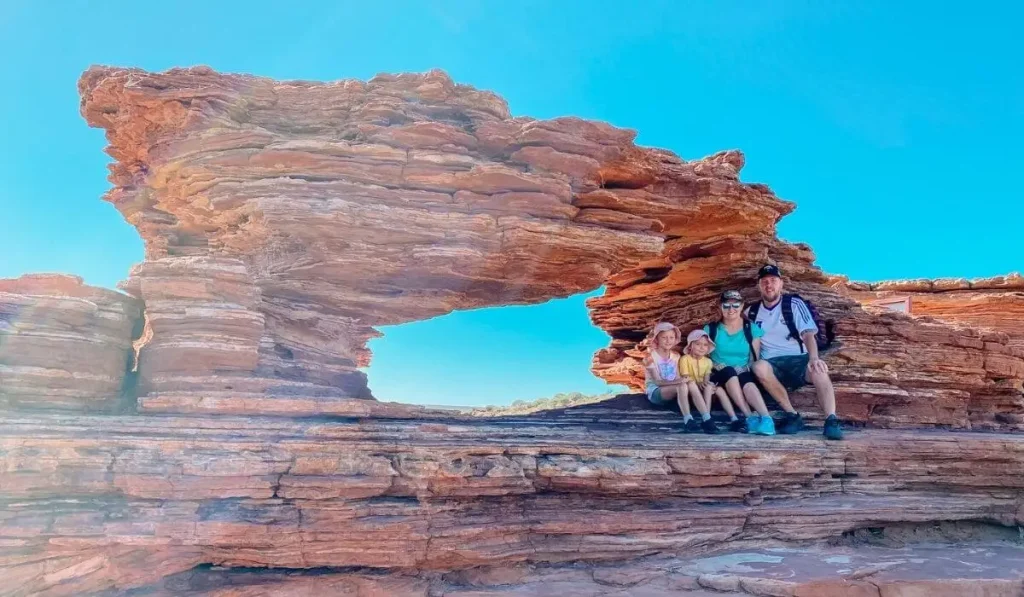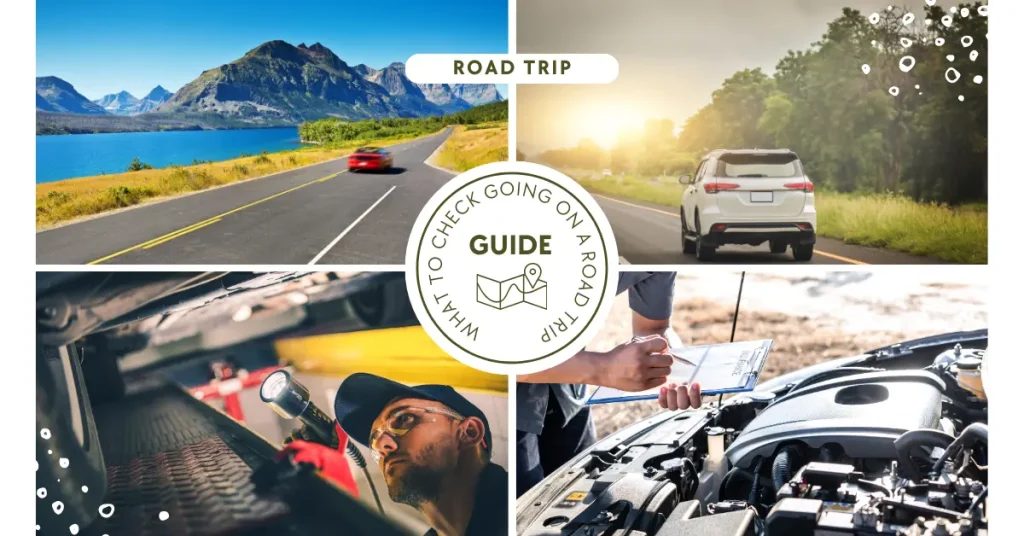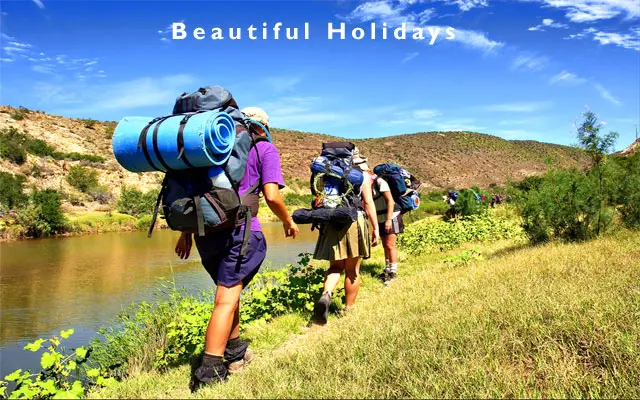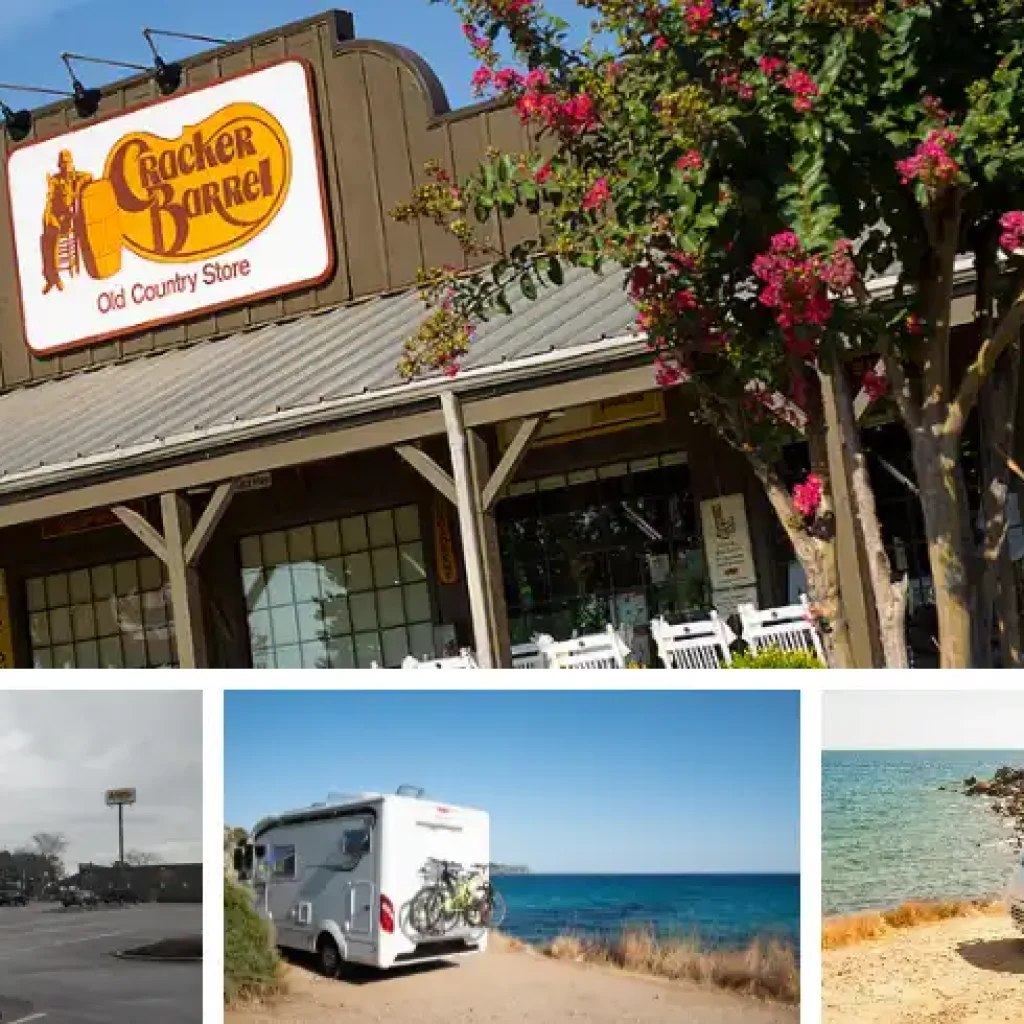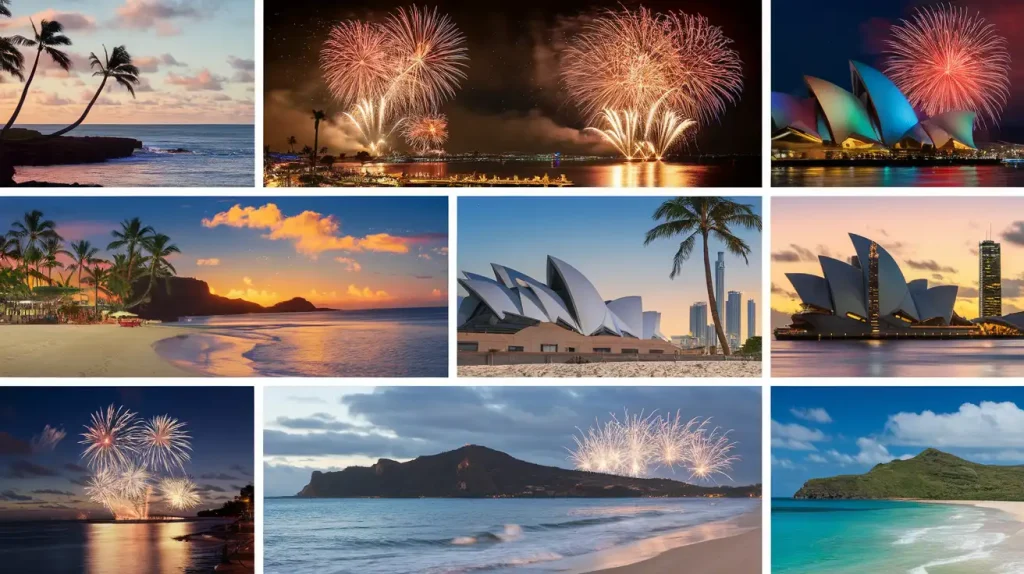5 Unexpected Challenges On The Manaslu Circuit Trek

If you’re an adventure-seeker, the Manaslu Circuit trek is a dream destination.
The Manaslu Circuit Trek offers raw beauty, fewer people, and untouched trails, making it unlike any other trek in Nepal, such as the Annapurna Circuit or Annapurna Base Camp.
But with great adventure comes a few unexpected challenges. Don’t worry, every challenge is just another part of the trekking experience!
The Manaslu Circuit Trek Location on Maps:
With the right mindset and preparation, you can turn these hurdles into some of your most rewarding moments while traveling.

This guide will dive into what you might face and how to tackle them like a pro on the Manaslu Trek.
1. Navigating The Remote And Less-Traveled Trails
One of the biggest draws of the Manaslu Circuit Trek is its off-the-beaten-path feel. Unlike the Everest or Annapurna routes, this trek is still relatively untouched, which means fewer signboards and less structured trails.
Although this adds to the adventure along the Budhi Gandaki River, it can make things feel a little challenging at times when passing through remote villages or crossing suspension bridges.
How to overcome:
Hiring an experienced guide or trek leader is highly recommended!
They help you find your way through picturesque villages like Maccha Khola. They also teach you about the cultural heritage, history, and special spots like Pungyen Monastery along the way.
And, of course, it helps support the local economy. If you prefer trekking independently, a reliable GPS app or a good old-fashioned map will be your best friend in the Manaslu Region when navigating trail conditions.
2. Dealing With Limited Accommodation And Food Choices
Unlike the more commercialized trekking routes like Annapurna Base Camp, lodges and tea houses on the Manaslu Circuit are more basic.
Although this adds to the authentic cultural experience in places like Sama Gaon, it also means that in certain regions, options for food and comfort may be more limited.
The simplicity of these accommodations makes the trek experience more intense. The lack of luxury is more than offset by the warmth of the local hospitality in picturesque villages like Soti Khola.
How to overcome:
To make your stay more comfortable, consider carrying some extra snacks, instant coffee, or tea bags for a little taste of home, along with fresh fruits when available.
And having your tea house booked in advance will give you that homely feeling after a long day trekking through lush forests, rhododendron forests, or bamboo forests, especially during peak spring season.
Don’t forget to bring water purification tablets to ensure safe drinking water.
3. Crossing The Larke Pass: The Toughest Part Of The Trek
Larke Pass, also known as Larkya La, is the highest point of the Manaslu Circuit Trek, standing at 5,160 meters. It’s tough but so well worth it!
You can rise before dawn and make the climb, and the feeling of conquering your journey is unparalleled when you make it to the summit with jaw-dropping views of Mount Manaslu, Mt. Manaslu, Himlung Himal, Cheo Himal, Kang Guru, and Himal Chuli.
But the high altitude, steep ascents, and unpredictable climate render it one of the toughest sections of the trek near Larkya Phedi.
How to conquer:
Acclimatization is key. Be sure to stick to the suggested itinerary, take your acclimatization days seriously, and listen to your body.
As you know, slow and steady wins the race here! A good pair of trekking poles, layered clothing, and an early start will see you across the Larkya La Pass with confidence.
And once you do? You will feel amazing! Well, get ready for some breathtaking views of Ngadi Chuli and a monumental sense of accomplishment as you approach the Tibetan border!
4. Handling Sudden Weather Changes In High Altitudes
If there’s one thing you can count on in the mountains, it’s unpredictable weather.
One moment, it’s sunny, and the next, you’re dealing with strong winds or even snowfall, especially near Larke Phedi or Manaslu Base Camp.
But then, that’s what makes it an adventure, right? The monsoon season can make road conditions particularly tricky.
How to overcome:
The only way to be ready is to wear layers. Pack a good waterproof jacket, thermal base layers, gloves, and a buff will keep you warm and dry during the hike itself through alpine meadows or dense forests.
Checking weather forecasts before starting your trek can help, but the key is to always be prepared for any change in trail conditions.
For the best experience, you can hike in the right season (spring or fall) to get the best odds for stable weather and stunning views of Ganesh Himal and panoramic views of Annapurna II.
5. Managing Trekking Permits And Restricted Area Rules
As the Manaslu Region is a restricted area, you may require a special permit like the Manaslu Restricted Area Permit and the Manaslu Conservation Area Permit to trek this area.
The thing is solo trekking is not permitted, as on some other routes, so you should join a group or hire a licensed guide or trekking guides. This may sound like a pain in the ass, but it may save you from any bad experience near the Tibetian border.
How to Overcome:
At this moment, having a trek leader is a blessing which ensures your safety, provides cultural insights into Tibetan Buddhist traditions, and makes navigating the route much easier through areas like Bihi Phedi.
And the permit system helps keep the beauty of the Manaslu Conservation Area intact by restricting the number of trekkers.
Furthermore, for your convenience, apply for respective permits through a registered trekking agency like Nepal High Trek; no last-moment hiccups!
You may also need an Annapurna Conservation Area Permit if combining with other routes.
Final Thoughts
The Manaslu Circuit Trekking is an adventure filled with hidden gems, breathtaking landscapes, and unforgettable experiences.
If you have the right mindset and complete preparation, as well as excitement for adventure, you will not only overcome these but embrace them as part of the journey through rhododendron forests, across wooden bridge structures, and along the Budi Gandaki.
So put on your boots, pack wisely with water purification tablets, and prepare yourself for an adventure that will last longer than your time in the mountains near Manaslu Peak.
For your next planning, the Mosaic Adventure helps thousands of trekkers discover the magic of Nepal from Manaslu Circuit to lesser-known hidden gems like Tsum Valley Trek.
They have a dedicated team who are local, passionate, and pros at creating unforgettable Himalayan journeys.
Don’t wish only, Plan one with Magical Nepal!
Consider starting your journey from Tribhuvan International Airport with airport transfers for a seamless experience.
Frequently Asked Questions.
1. What is the Manaslu Circuit Trek?
The Manaslu Circuit Trek is a beautiful hike in Nepal around Mount Manaslu. It is known for its stunning views and cultural experiences in places like Gurung Village and Thulo Dhunga.
2. Why is the Manaslu Circuit Trek challenging?
The trek is difficult trek because of the high altitude, steep paths, and weather changes, particularly when crossing Larkya La Pass or navigating Budhi Gandaki.
3. What is altitude sickness?
Altitude sickness happens when you go too high up too fast. It can make you feel dizzy or sick, especially near Manaslu Base Camp or Larke Pass.
4. What kind of weather can I expect?
The weather can change quickly. It may be sunny one moment, then cold or rainy the next, particularly in monsoon season or near Sama Gaun.
5. Are there enough places to stay?
There are guesthouses along the way, but they can be crowded during the busy seasons, and amenities like hot water may be limited in remote villages.
6. How hard is the terrain?
The paths are rocky, steep, and sometimes slippery. It can be tiring to walk on them, especially near Machha Khola or Besi Sahar.
7. Can I find food easily?
There are places to eat, but the food may be limited and expensive in some areas, so carrying fresh fruits or snacks is advisable.
8. Do I need to be super fit?
You don’t need to be a super athlete, but being in good shape helps you handle the trekking experience better, especially for a commercial trek like this.
9. What about animals or insects?
You might see wild animals, like monkeys, and insects, so be careful with your food and belongings in lush forests or alpine meadows.
10. Is the trek safe?
The trek is safe, but it’s important to follow rules, be prepared, and listen to your licensed guide, particularly in areas of Tibetan origin or near Island Peak.





